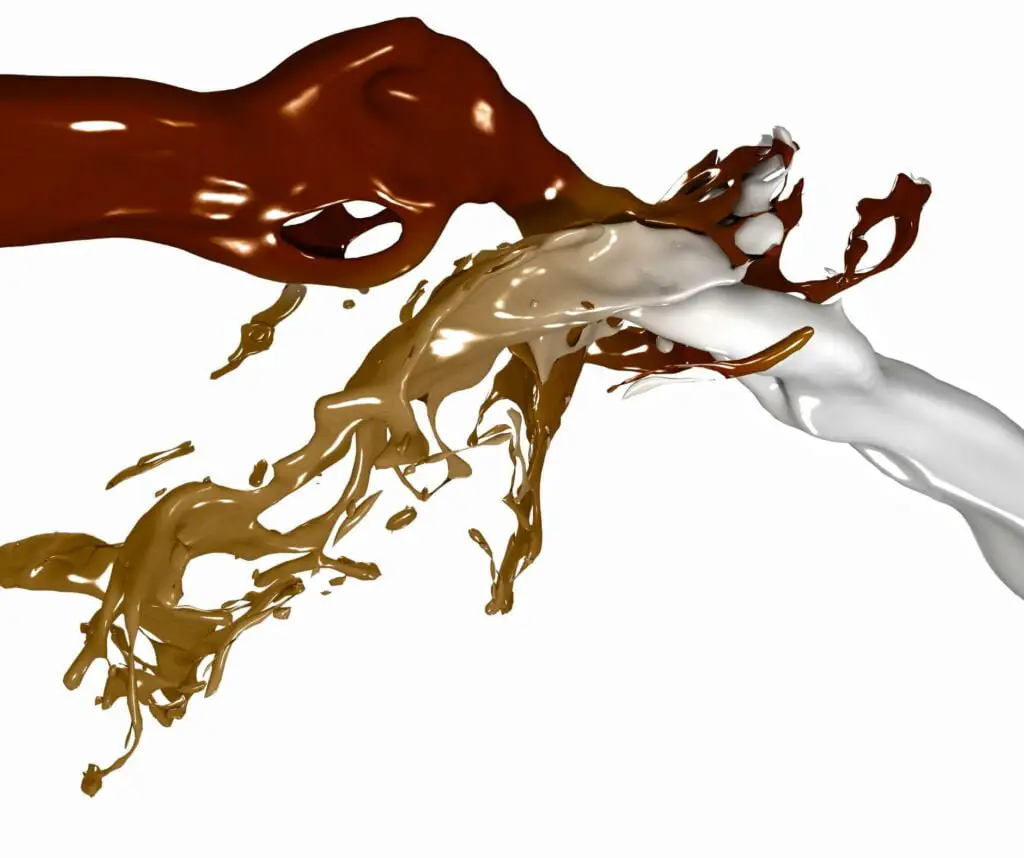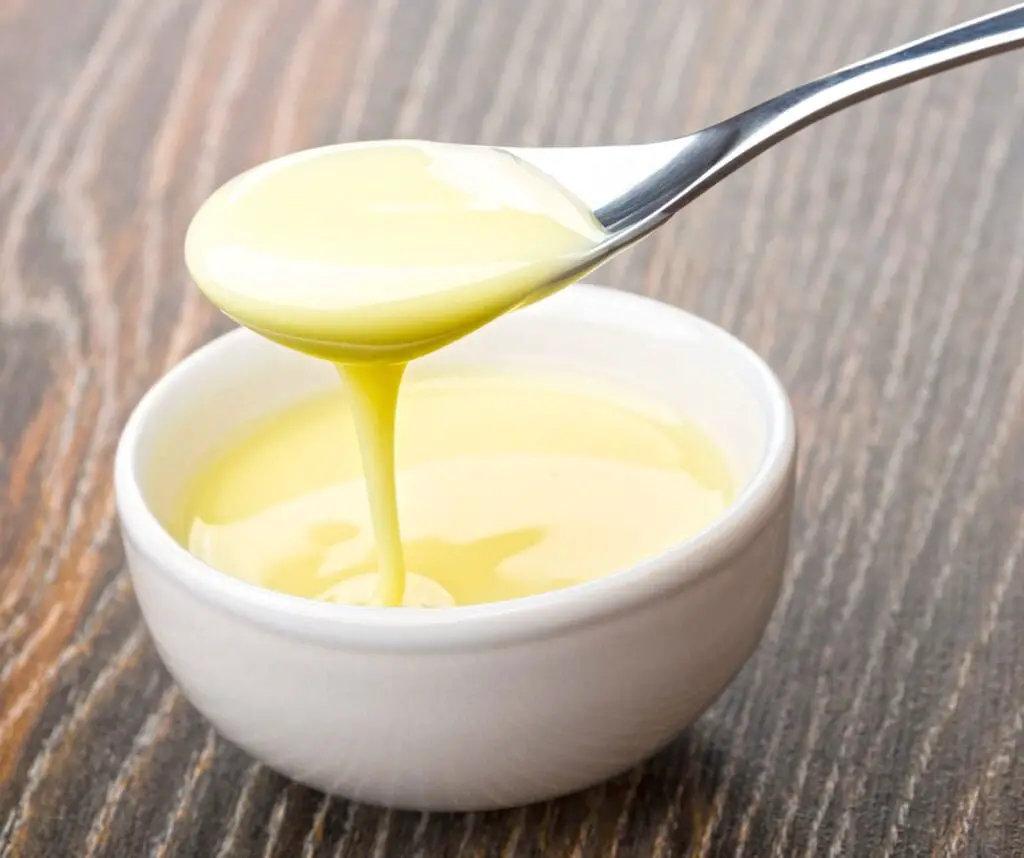Some people think that the thicker the milk, the more nutrition the body gets. But this is unscientific. The drinking of milk is very particular. The nutritional value of milk itself is very high. If the drinking method is incorrect, it will also lead to the failure of total absorption of nutrition and even affect health. So, what are the precautions for drinking milk? What are the common myths about drinking milk? Let’s have a look at the facts.
The thicker the milk, the better.
Some people believe that the thicker the milk, the more nutrition the body gets. The so-called over concentrated milk refers to adding more milk powder and less water to the milk so that the concentration of milk exceeds the usual proportion standard.
Some people are afraid that the fresh milk is too light, so they add milk powder. However, if infants often drink thickened milk, it will cause diarrhea, constipation, loss of appetite, even refusal to eat, and acute hemorrhagic enteritis. This is because the organs of infants and young children are mild and can not bear the heavy burden and pressure.
The more sugar, the better.
Unsweetened milk is difficult to digest, which is the “consensus” of many people. Therefore, sugar is added to increase the calories supplied by carbohydrates, but you must quantify it. Generally, 5-8 grams of sugar are added per 100 ml of milk.
So, what sugar is good in milk? Better is sucrose. After sucrose enters the digestive tract and is decomposed by digestive juice, it becomes glucose absorbed by the human body. Therefore, the sweetness of glucose is low, and it is easy to exceed the specified range when used more.
There is also a question of when to add sugar. If you heat the sugar and milk together, the lysine in the milk will react with the sugar at a high temperature (80 ℃ – 100 ℃) to produce the harmful substance glycosyllysine. This substance will not be absorbed by the human body and threaten health. Therefore, the boiled milk should be cold to a warm temperature (40 ℃ – 50 ℃), and then you can add sugar to the milk.
Milk and chocolate will be good.

Some people think that since milk is a high protein food and chocolate is an energy food, it will be of great benefit to eating both at the same time. Unfortunately, this is not the case. Liquid milk and chocolate will make the calcium in milk react with the oxalic acid in chocolate to produce “calcium oxalate.”
Therefore, nutritious calcium has become a harmful substance to the human body, resulting in calcium deficiency, diarrhea, delayed development of children, dry hair, easy fracture, and increased incidence rate of urinary calculi.
Milk kills two birds with one stone.
Some people think it is beneficial to take medicine with nutritious things. This is extremely wrong. Milk can significantly affect the absorption rate of drugs by the human body so that the concentration of drugs in the blood is significantly lower than that of nonmilk users at the same time.
Taking medicine with milk is also easy to cause the drug to form a covering film. The mineral ions such as calcium and magnesium in milk react with the drug to produce water-insoluble substances. That will reduce the efficacy and may cause harm to the body. Therefore, do not drink milk for 1-2 hours before and after taking medicine.
It is best to feed babies with more yogurt.
Yogurt is a healthy drink that helps digestion. Some parents often feed their babies with yogurt. However, although the antibiotics produced by lactic acid bacteria in yogurt can inhibit the growth of many pathogens, they also destroy the growth conditions of normal flora beneficial to the human body.
Those bacteria also affect normal digestive function, especially infants and premature infants suffering from gastroenteritis. If they are fed with yogurt, they may cause vomiting and gangrenous enteritis.
Add orange or lemon juice to milk to add flavor.

Adding some orange juice or lemon juice to milk seems to be a good way, but in fact, both orange juice and lemon belong to high Fructis acid fruits. When Fructis acid meets the protein in milk, it will denature the protein, thus reducing the nutritional value of the protein.
Add rice soup and porridge to milk.
Some people believe that this can make nutrition complementary. This practice is very unscientific. Milk contains vitamin A, while rice soup and porridge are mainly starch. They contain fat oxidase, which will destroy vitamin A.
If children, especially infants, take insufficient vitamin A, they will be stunted, weak and sick. Therefore, even if it is to supplement nutrition, you should eat the milk and rice separately.
Milk should be boiled before drinking.
Generally, the temperature requirement of milk disinfection is not high. You can use it for 3 minutes at 70 ℃ and 6 minutes at 60 ℃. However, if it is boiled and the temperature reaches 100 ℃, the lactose in milk will coking, and caramel can induce cancer. Secondly, after boiling, calcium in milk will precipitate phosphate, which will reduce the nutritional value of milk.
Bottled milk in the sun can increase vitamin D.
Some people learned from the advertisement that calcium supplements should also supplement vitamin D, and more exposure to the sun is an excellent way to absorb vitamin D. Therefore. They put bottled milk in the sun, according to the prescription.
It’s not worth it. Milk may get some vitamin D, but it loses vitamin B1, vitamin B2, and vitamin C. These three nutrients will decompose in the sun, resulting in partial or total loss. Moreover, lactose will ferment in the sun and make the milk bad.
Condensed milk instead of milk is good.

Condensed milk is a kind of milk product that is made by evaporating fresh milk to 2/5 of its original capacity and then adding 40% sucrose into cans. Some people think the fact that “all concentrated is the essence.” Therefore, instead of milk, condensed milk is substituted.
This is obviously wrong. Condensed milk is too sweet and must be diluted with 5-8 times water. But when the sweetness meets the requirements, the concentration of protein and fat is often half lower than that of fresh milk. Therefore, if water is added to condensed milk to make the concentration of protein and fat close to that of fresh milk, the content of sugar will be on the high side.







